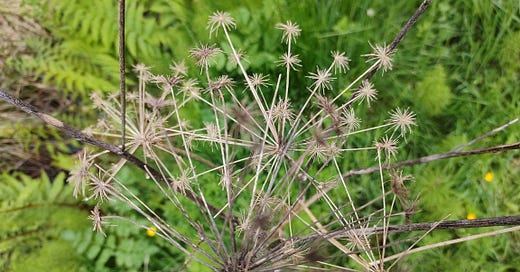Music and dance are both important parts of Back-Folk life. There is a strong tradition of music across all tribes, with a variety of wooden instruments used regularly.
Woodwind instruments include flutes and flageolets, some quite petite in size and some much bigger, including a long broad flute of sorts, almost like a cross between a didgeridoo and a bassoon.
Stringed instruments are also frequently used, with the most common being an instrument that looks like a fiddle with five strings, the bottom two played as a type of drone.
Singing is important, with many traditional songs written in the Back-Folk language, often arranged for several voices, some of which employ elements of the Back-Folk language to act as a kind of percussion.
Dancing plays a key role in many Back-Folk celebrations, and there are also several dances commonly performed from week to week alongside traditional music. Interestingly, each of these dances is “owned” by an Elder, similar to language, and the Elder is responsible for ensuring that the dance is taught to new generations. Some dances are slow and some are fast-paced, not dissimilar to certain traditional ceilidh dances. Though several are danced in groups or in pairs, there are also some important traditional dances performed at rituals and celebrations by individuals.




